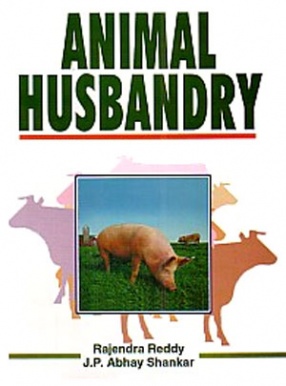
Showing all 10 books



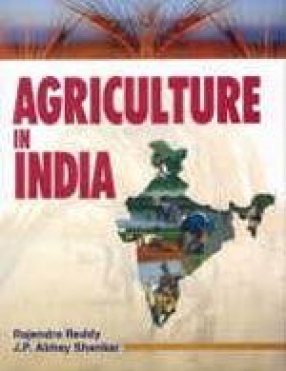
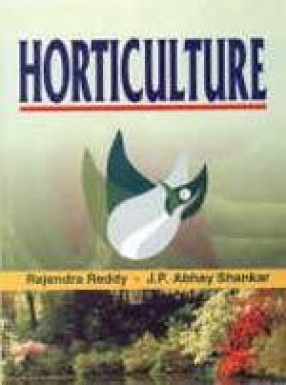

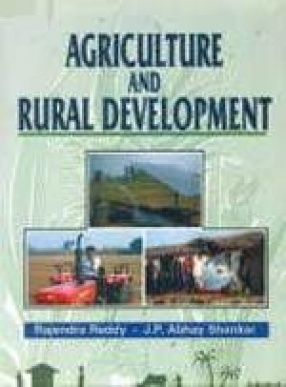
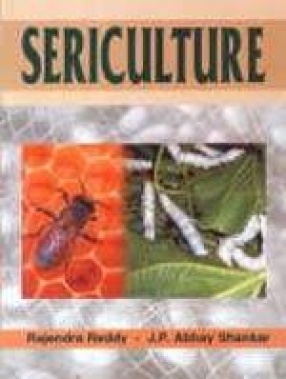
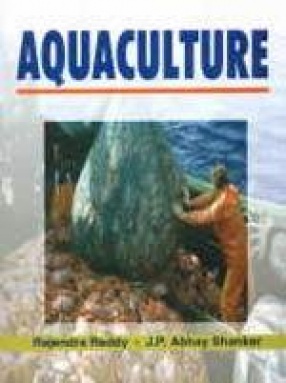
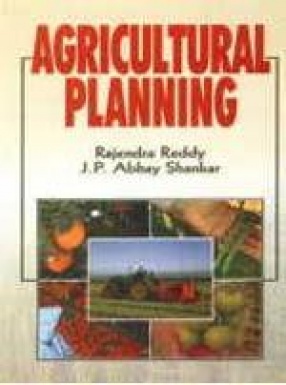

Animal husbandry is the scientific breeding and management of domesticated livestock to achieve qualities desired to meet various nutritional, labour, recreational, and other derivative needs, such as leather, fur, and pharmaceutical sources. It is an important component of modern agriculture. It has been practised in many societies, since the transition to farming from hunter-gather lifestyles.Livestock are domesticated animals intentionally reared in an ...

Agriculture is the process of producing food, feed, fibre and other desired products by the cultivation of certain plants and the raising of domesticated animals. Since food is the most basic necessity for human survival, agriculture is of utmost importance and thus agriculture sector occupies prominent position in the global economy. In addition to food for humans and animal feeds, agriculture produces goods such as cut flowers, ornamental and nursery plants, ...

The development of modern agricultural practices is one of the great success stories of applied sciences. Improved plowing techniques, new pesticides and fertilizers, and better strains of crops are among the factors that have resulted in significant increases in agricultural productivity. Yet these improvements have not come without cost to the environment and sometimes to human health. Modern agricultural practices have contributed to the pollution of air, ...

Agriculture has always been India's most important economic sector. It is the means of livelihood of almost two thirds of the work force in the country. Agriculture and allied sector contributes 24 per cent of the total GDP and provide employment to around 67 per cent Indian population. Today India ranks second in production of paddy in the world. It is the main staple food for more than 60 percent of the world population and more so in the Asian countries. ...

Horticulture is the art, science, and business of growing fruits, vegetables, ornamental plants, and turfgrasses. It is an industry of major importance to the world economy. The industry continues to employ many professional and technical people. Recent trends in the demand for horticultural products and services have resulted in the growth of this industry and a large variety of career outcomes. While growth in the horticulture sector presents many opportunities ...

The term 'tissue culture' is commonly used in a very wide sense to include in vitro aseptic culture of plant cells, tissues and organs. It forms an integral part of any plant biotechnology activity. It offers an alternative to conventional vegetative propagation. Tissue culture techniques have also helped in large scale production of plants through micropropagation or clonal propagation of plant species. Small amounts of tissue can be used to raise hundreds or ...

Some three quarters of the world's absolute poor live in rural areas, and their livelihoods are most often linked to agriculture. At the same time, agriculture has a major impact on the environment and is closely connected to water, health and nutrition, and education. In recent years, the international community has increasingly recognised the importance of agriculture to rural development. The major objective of agriculture and rural development is to increase ...

Man is always inquisitive for silk products. Mankind has always loved this shimmering fibre of unparalleled grandeur from the moment its discovery. Exquisite qualities like the natural sheen, inherent affinity for dyes and vibrant colours, high absorbance, light weight, resilience and excellent drape etc. have made silk, the irresistible and inevitable companion of the eve, all over the world. The art of silk production is called sericulture that comprises ...

Aquaculture is the cultivation of aquatic animals and/or plants in a controlled environment for all or part of their life cycle. The farming and husbandry of freshwater and marine organisms has been practised for centuries. Aquaculture can make a unique contribution to nutrition in many parts of the world by virtue of its extremely high productivity and the fact that aquatic crops are primarily protein crops rather than sources of starch. Currently, 75 percent of ...

Agricultural planning refers to two processes: agricultural policy making and agricultural planning per se. The policy makers wield the political and financial power to set goals for the agricultural sector (such as growth, food security, regional equity), strategies to pursue them (such as giving priority to export crops, commercial farms, smallholders), and set price, input, credit and land policies designed to induce farmers, technicians and others working in ...
